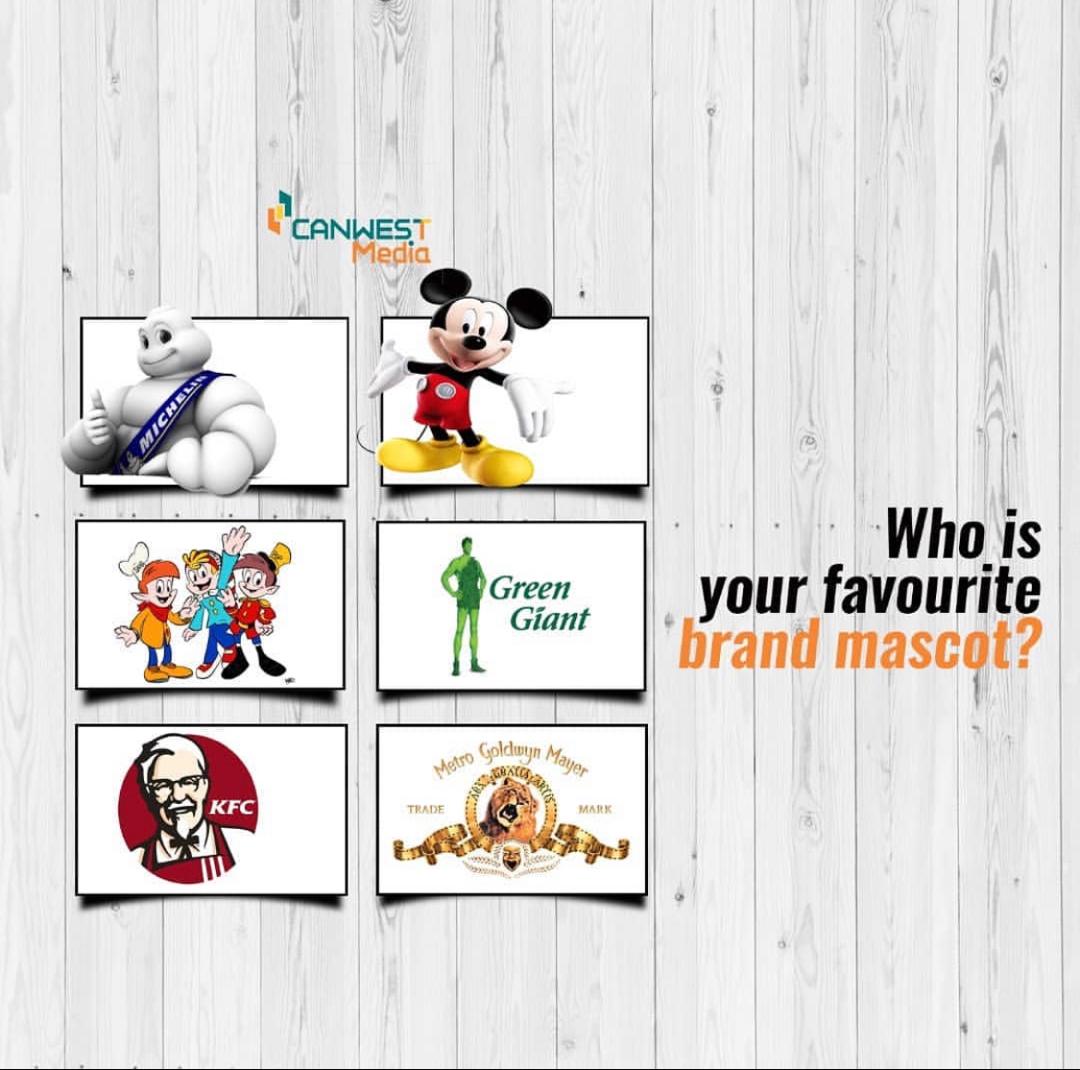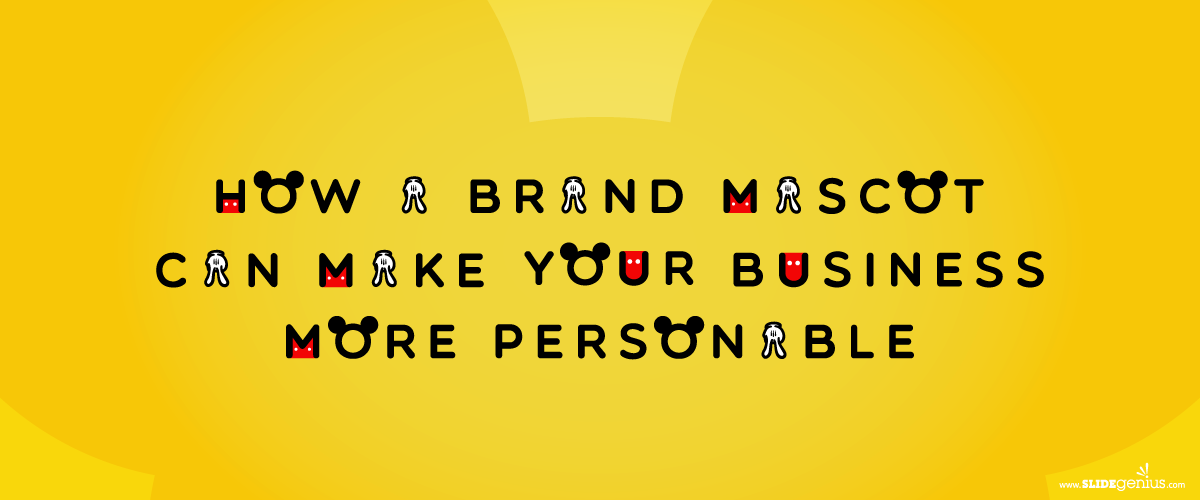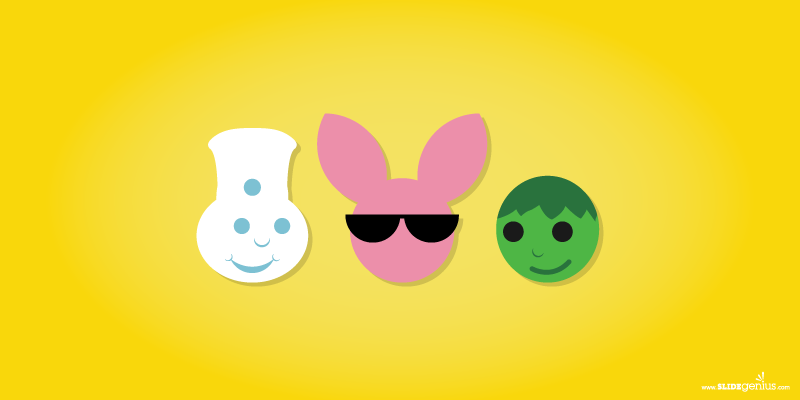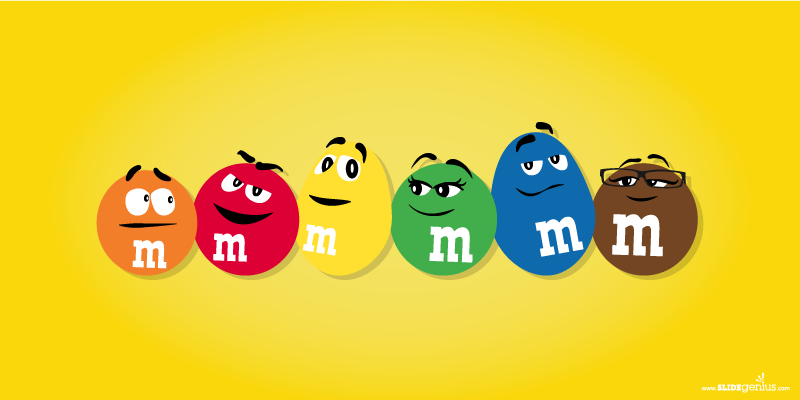
Brand Mascot – Why it is important to your brand.
A brand mascot can breathe new life into your business. Leverage this powerful tool to expand your brand and reach new demographics.

Mascots are the faces that lend your brand a distinct personality, which in turn differentiates you from the vast sea that is the business world. They can be based on people, anthropomorphic animals, or personified objects, as long as they represent your brand and resonate with your audience.
The primary purpose of a mascot is to help build and strengthen brand identity. It’s also a good way to reinforce top-of-mind awareness. When people see your mascot in a constant basis, they become more primed to put your business in their mind map. Come checkout time, your business will be the first thing they’ll think about. In other words, you’ll be their official go-to brand.
Can you grasp the magnitude of this? Your mascot will become your ageless brand representative that can endure different times and trends to keep your business strong. When used optimally, it can breathe new life to your company at the dawn of every era. And the best thing is that it costs almost nothing to set up and maintain!
What’s a Brand Mascot for, Anyway?

If the reasons above are still not enough to convince you to get a brand mascot, perhaps the following will:
- Building an emotional connection with the audience
A 2013 study published in the Journal of Marketing Management claimed, “Brand mascots reflect a deeply rooted human tendency to understand the world through anthropomorphic objects.” This means that humans are hard-wired to see the human side of everything. That’s just the way we are and the way we see the world. We like assigning human characteristics to animals and objects because it helps us make an emotional connection with them. We can understand them better when we have obvious similarities.
Taking this into perspective, it’s now easy to see why mascots are so effective in capturing people’s hearts and emotions. They are the faces we can trust — the faces that lend faceless businesses a personality. They are the living entities that we can turn to when we need a reason to connect with a brand.
- Establishing a distinct and recognizable personality
Uniqueness and differentiation are two of the most important things that a business should possess in the now-saturated economic industry. Fortunately, this is where a brand mascot can help. A mascot is essentially an extension of your business that explores the more creative and customer-centric side of your brand. By personifying your brand, it creates an emotional bond that bridges the gap between you and your target audience.
The said bond can create a sense of continuity that can make your customers feel more at ease and comfortable with your business. The mascot will assure them that they’re dealing with something familiar and reliable.

- Engaging the audience in conversation
Brand mascots that easily connect with customers are more likely to inspire them to engage in conversation. Compared to flat logos and faceless corporate staffers, mascots can actively encourage customers to take part in brand-related activities.
However, there’s an important caveat you have to remember: In order for your mascot to effectively engage the audience, it should have a sense of life in it. It should feel like it’s alive, and not just another robotic and unfeeling entity whose only possible purpose is to bore the audience and cause them to be more detached from the brand. An example of a dynamic brand mascot that engages the audience well is SlideGenius’s very own SlideGuy. He’s hip, he’s suave, and he sure looks like he hangs out with cool people a lot. He’s the perfect face that communicates what kind of an A-okay presentation design company SlideGenius is.
The Role of Mascots in Social Media
In a marketing world dominated by digital media, it would be a sin to not give your brand mascot its own and separate social media assets. When used optimally, a mascot can be the perfect tool to make your social media profiles stand out. To borrow the words of Carol Phillips, the president of Brand Amplitude, mascots are “the gift that keeps on giving.” What exactly does that mean? She added, “They never get in trouble with the law. They don’t up their fees. You can use them for a long, long time.”
Indeed, a study conducted by Synthesio, a global social listening platform, found that mascots generally contributed to a higher percentage of engagement in social media compared to celebrity endorsers. And that’s not all. As you can observe, self-promotion done by a brand mascot seems more natural and more appropriate compared to one done by a person, whether a celebrity or a corporate staffer.
The Most Successful Brand Mascots in History

If you need proof of the success of brand mascots in personifying and eventually expanding a business, here are some living examples that have stood the test of time:
- Planters’ Mr. Peanut. Mr. Peanut has been around since 1916, or at least he says so on his Facebook page. If this is true, then Mr. Peanut has been in existence for over 100 years, and he’s still going strong today. Perhaps his success is due to his unconventional appearance? Or maybe it’s because Robert Downey, Jr. lent him his voice in the past? Or maybe it’s because Bill Hader is now the new voice of this character? Whatever caused it, Mr. Peanut’s success is proof that mascots can sell a business.
- Kellogg’s Tony the Tiger. Who hasn’t seen Tony the Tiger? Who hasn’t heard his catchphrase, “They’re grrrrreat!” This iconic mascot is everywhere — from grocery aisles to Twitter. And he’s always talking about his love for Frosted Flakes and other things.
- M&M’s characters. Did you know that there are six M&M characters? The sarcastic Red, the cool Blue, the simple Yellow, the paranoid Orange, the alluring Green, and of course, the authoritative Ms. Brown. Combined, these characters have over ten million fans on Facebook.
After learning all this, there’s no way that you won’t still be able to see how a brand mascot can bring tremendous returns to your business. With the right marketing techniques, you can make your brand more personable, interesting, and ultimately, successful.
Resources:
Cayla, Julien. “Brand Mascots as Organizational Totems.” Taylor and Francis Online. February 11, 2013. www.tandfonline.com/doi/abs/10.1080/0267257X.2012.759991?journalCode=rjmm20
Hochdorf, Maureen. “Business Growth: Building an Empire with Your Brand Mascot.” Business 2 Community. May 2, 2015. www.business2community.com/branding/business-growth-building-empire-brand-mascot-01213792#c2YHfbsFotpG03U4.97
Idler, Sabina. “10 Tricks How Mascots Can Improve the User Experience.” Usabilla Blog. July 24, 2012. blog.usabilla.com/10-tricks-how-mascots-can-improve-the-user-experience
K., Elizabeth. “Personifying Your Brand: The Use of Brand Mascots on Social Media.” Content Equals Money. April 8, 2014. blog.usabilla.com/10-tricks-how-mascots-can-improve-the-user-experience
Kalb, Ira. “How Mascots Work, and How to Pick a Memorable One.” Business Insider. January 15, 2012. www.businessinsider.com/how-memorable-mascots-can-make-you-more-money-2012-1
Meredith, Julie. “Social Media Reveals the True Value of a Celebrity Endorser.” Synthesio. June 10, 2013. www.synthesio.com/blog/social-media-reveals-the-true-value-of-a-celebrity-endorser
Rocheleau, Jake. “How a Mascot Can Improve Your Brand Identity.” Vandelay Design. December 16, 2016. www.vandelaydesign.com/mascot-brand-identity-tips
Smarty, Ann. “How to Market Your Company Mascot on a Budget.” Entrepreneur. March 24, 2016. www.entrepreneur.com/article/270102
